Designing customer segmentation workflows
A project enabling sales, marketing, and customer success to organize their customer lists

A project enabling sales, marketing, and customer success to organize their customer lists


Go to market teams can have 100,000+ plus customers in a CRM. Organizing these customers is essential to create a sales process, prioritize leads, and analyze performance.


Where we started
Poggio's MVP consisted of purely a list of accounts and contacts. Everyone worked from the same list.

Where we wanted to go

Problem
Without any organization of customers, intelligence, reporting, and automation is untargeted and useless.

Research

"I analyze our quarter over quarter closes, lead generation, really the whole Sales Cycle"
"I start my day with a list of high priority prospects to call on"
"I want to see accounts that have an uptick in Intercom tickets"
Research
GTM teams breakdown customers into groups to analyze, report on, or take action on.

Proposal
Users want reporting, intelligence, and automation on top of segments


Daily workflows begin from segments, and should be easily acessible in the IA
Data driven filters are the foundation of a segment of customers
Segments need to support vastly different use cases and personas
Designing
The header was a better use of space, allowing for more readable and inquisitive workflows

Filters in header
(+) Use of Space. Horizontally designed filtering imitates the row structure of the data table – making better use of space within the viewport.
(+) Readability. Left to right formatting is naturally more readable for users.

Filters in drawer
(+) Complex Queries. The drawer creates a dedicated space for error handling, confirmation, and down-stream effects.
Designing
Supporting quick iteration. Filter building is iterative. Thus, filter operators and values are designed to be independently editable – preventing users from having to restart the filtering workflow.
Reasonable defaults. User research found that >80% of filters use the same operator. Providing a reasonable default operator shortcuts the workflow for a majority of use cases.
Progressive disclosure. CRM filters are complex. Walking the user through this workflow step by step reduces cognitive burden
Designing
Segments are used for differing roles and use cases. Customization ensures segments can support many workflows.
Designing
The Poggio landing screen was converted to a list of segments. This helped guide users daily workflows into targeted approaches.

Outcome
Segments were deployed by Poggio labs, and became extensively used by the customer base as a central driver for Go-To-Market processes. It became the foundation for future features such as automation and reporting. Below are a few examples of how real-life customers began to make use of collections.

Customer Success Outreach. By prioritizing customers by Annual Contract Value, go to market teams were able to assign customer success reps and closely support their most important contracts.

Upsell Opportunities. Sales teams track upsell opportunities through community activity. If integrations are being used frequently, it could highlight a usage upsell, or signal increased interest for seats.

Tracking Quarterly Performance. Sales teams are performance driven. By allowing them to group customers by close date, they created sales leaderboards and quarterly close lists.

Sorting Lead Generation. Marketing has several different sources for lead generation. Through segments, they were able to track the highest performing sources.